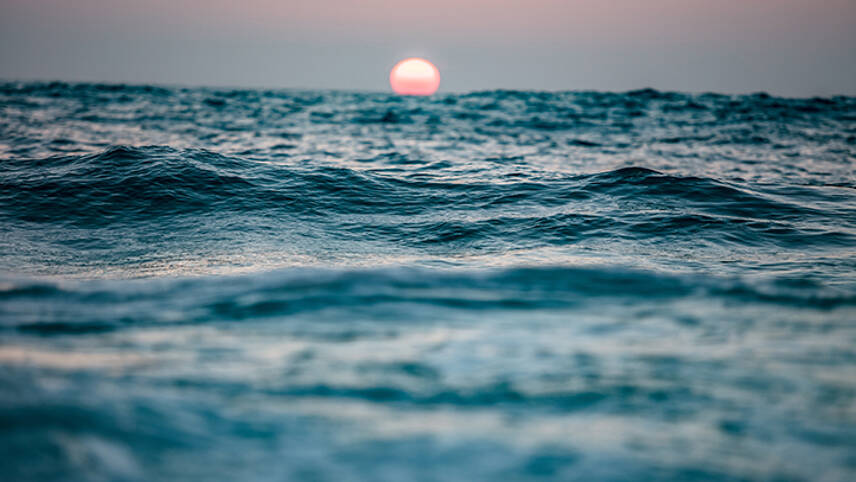Register for free and continue reading
Join our growing army of changemakers and get unlimited access to our premium content

I grew up surrounded by forests – and a long way from the sea. But, from a very young age, I was a big fan of the French oceanographer, Jacques Cousteau. Watching his marine documentaries was my favourite Sunday morning treat.
My experience is shared by many. Our interest in the sea seems innate. In his book, history professor John R. Gillis argues that we are “edge species”, neither land nor aquatic animals, but thriving at the interface between the two.
Escalating environmental concerns are now forcing us to move from being observers, like Arthur C. Clarke in his novel The Deep Range, to actors. We increasingly realise that the blue economy is integral to our economy. We rely on it not just as part of the food and other value chains, but also for global trade, other sectors, leisure and livelihoods. Globally, the Blue Economy already accounts for 3-5% of GDP; for countries such as Indonesia, this share could be as high as 20%.
But with this reliance comes a responsibility: to balance humans’ ever-increasing intensity of demand with the ocean’s resources and ability to regenerate.
Reducing demand is difficult for poorer populations dependent on marine resources. But richer developed economy populations need to ask themselves some fundamental questions about why they consume. Philosophers have long argued that we can seek to define ourselves as individuals by what we consume, tracing this back to capitalism’s traditional split between production and consumption. But, in a sustainable world where production and consumption are co-dependent, consumption preferences need to be rethought.
“How” rather than “how much”
Investment in ocean resources and regeneration needs to be massive to change the status quo. One study suggests around $175bn will be needed each year to meet UN Sustainable Development Goal (SDG) 14. But the initial question should be “how” rather than “how much?”. How can we raise and deploy ocean finance in the most effective way?
Investment prioritisation, in any area, requires open debate and the knowledge to guide us to a rational decision. The debate around Blue Economy finance is growing but our knowledge about the oceans is limited, often on quite basic matters – 60% of DNA sequences from marine sediments cannot, for example, be identified at a higher taxonomic level.
Headline-grabbing numbers (for example on overall fishing or biodiversity losses) are useful in drawing attention to the scale of the problem but do not in themselves provide solutions. They can also divert attention away from other underlying issues, for example around geographic and social equity.
The vulnerability of green investments
Detailed debate and knowledge-building on ocean finance must continue. But we should stay aware too of developments and problems in the broader investment universe. Ocean finance will obviously be affected by overall ESG (environment, social, governance) investment trends. But it will also remain vulnerable to developments and perceptions outside the ESG space.
One example of this is provided by differing relative shares of public and private investment in green investment (above and below water). In high-income countries, 81% of green investment is funded by the private sector – but in emerging and developing countries, this share falls to 14%. The problem here appears to be risk perception, rather than “greenness” per se. Green projects in emerging and developing countries face much higher interest rates, even if expected to be clearly profitable. The apparent issue is that markets, for various reasons, appear to substantially overstate currency or default risks.
Finding a solution to this risk issue must be a priority. Allowing such market failure to continue will, through pushing up the cost of finance, severely reduce financial flows to emerging markets and curtail the major potential social gains from this.
The good news is that this is something governments, multilateral institutions and investors are already working to resolve. The solution will be to combine public and private investment in the appropriate way. Private finance will continue to dominate where there are clear economic gains. Public investment will lead the way in long-term preservation, for example of marine protection areas. But in the broad spectrum between, where economic opportunities and conservation needs coexist, innovative combinations of the two will deliver major benefits.
The finance is there – we just need to develop the appropriate tools to match our goals. Risk reduction, in particular, is central to supporting increased financial flows to conservation and other ocean objectives. Developing existing and new financial markets will accelerate the transformation of the Blue Economy toward sustainability and inclusion. But we need to keep this wave moving.



Please login or Register to leave a comment.